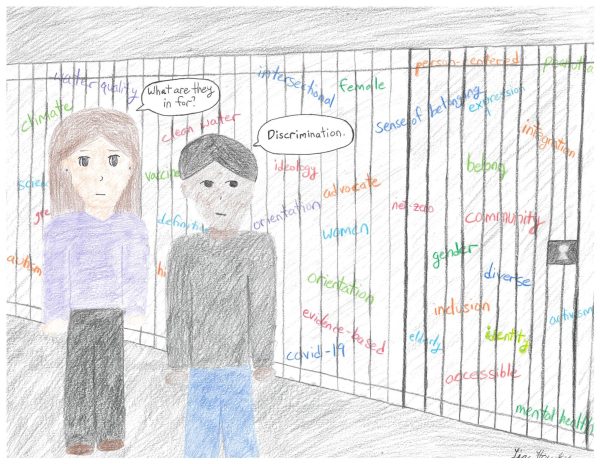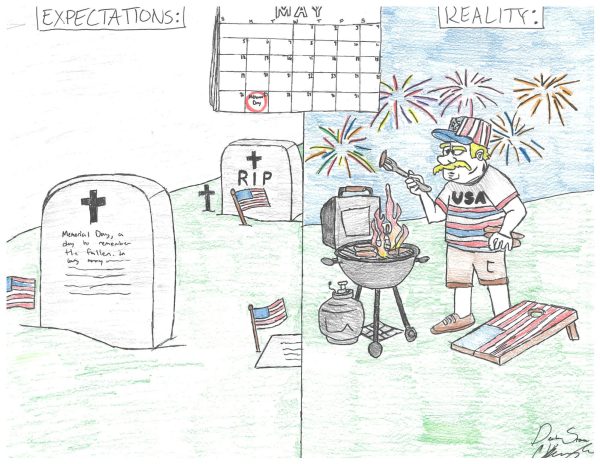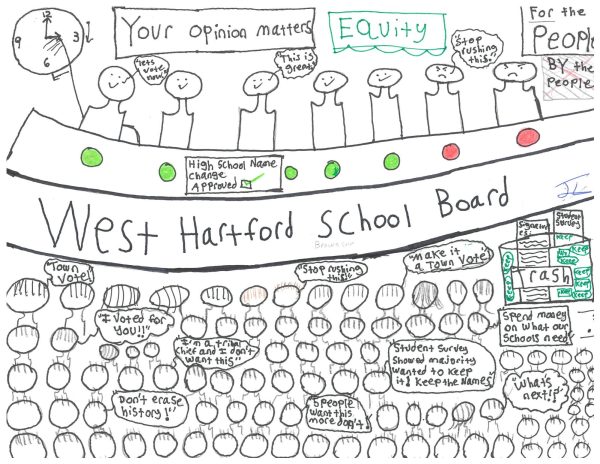Refugees Among Us
How many refugees have you encountered? Most likely more than you even noticed.
There is a large population of refugees right in our community that sometimes go unnoticed. They could be in your classes, overcoming adversity every day but most people don’t even realize.
According to the Migration Policy Organization, “Refugee children and youth are often traumatized from pre-migration and resettlement experiences.” Many citizens in the U.S. have a lack of knowledge about immigrants and refugees. Many don’t even know the difference, let alone that they are surrounded by them. “They may have been exposed to violence and combat, home displacement, malnutrition, detention, and torture. Many have been forced to leave their country and cannot safely return home.” Refugees struggle every day with discrimination and difficulties adapting and many members of the community aren’t even aware enough to try and help.
Since 2016 the amount of refugees has increased, the cap of refugee visas was raised due to the Syrian refugee crisis, but U.S. citizens are still ignorant about how these newcomers can be best helped. Refugees need people who are equipped to deal with all their needs such as education, health, resettling in a new location and socioemotional support.
You see that woman in the fruit section…the one who doesn’t have a lot of things in her cart…but what she has is good? Do you really “see” her?
She could have been your mother, wearing a kerchief and a sweater, twenty years ago; or, your grandmother, wearing a mismatched dress, and followed around by six kids, forty years ago, counting out her change: dimes, nickels, and pennies…
These women are some of the refugees among us who struggle, every single day, to put food in their children’s bellies and knowledge, in their children’s minds. Then and now, there is something of a tendency to “not” see them. For sure these women and their families need “extensive support from schools and other social systems” just to survive in our midst, according to the Migration Policy Organization. They are quietly, yet purposefully, building up the country by improving on the next generation of doctors, engineers, and businessmen.
At first, “I felt lonely without friends and unable to speak English. It was hard for me to go to school, “ said Yuser, a 9th grader here at Hall. This is one of the ones we used to “not see” but she, and they do see us. They yearn to fit in and be successful in the country and culture. They struggle, for sure; but, they achieve great things. It is people like this who have made America great, made it what it is today, and will be tomorrow.
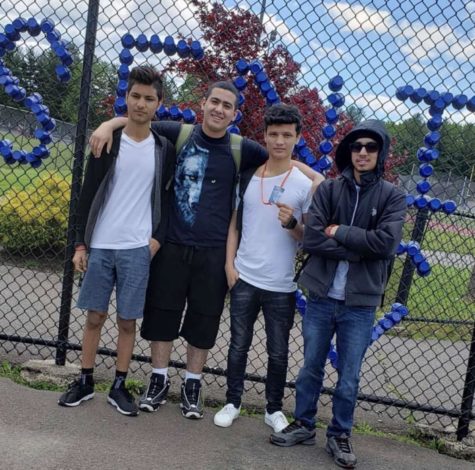
“Not seeing” them is a mistake we make, but they are not making the same mistake.
It’s not just the adults who struggle to adjust, but it’s the children and teenagers. An ESOL teacher at Hall High, Mr. Norland, explaining the adjustments when kids first step into the classroom, “First I have to figure out, what are everyone’s needs are, where everyone is in their language development, English acquisition, and make choices on that.” Collecting that information gives the teacher a better outlook on the student’s knowledge of biology vocabulary and academic/school-related words that they might see on a test.
Everyone has their own background and teachers frame their student’s needs. To go more in-depth, Mr. Norland’s comments, “It’s often relatively similar to what you might do for any student. Extra help with vocabulary… taking a look at what topic are we doing.”
The United States was built on the idea of liberty and freedom, a dream for people who didn’t have any in their homeland, a fresh start. According to the Council on Foreign Relations, “The United States has long accepted refugees fleeing persecution or war. Throughout the Trump administration, the maximum number of refugees entering the country in a single year has reached a 40 year low. The maximum number of refugees admitted into the United States for the 2020 fiscal year is 18,000, compared to 2019’s 30,000. This drastic change due to political overturn has been largely focused on in the media yet citizens still fail to see it on a smaller scale. These refugees are in our classes and our lives.
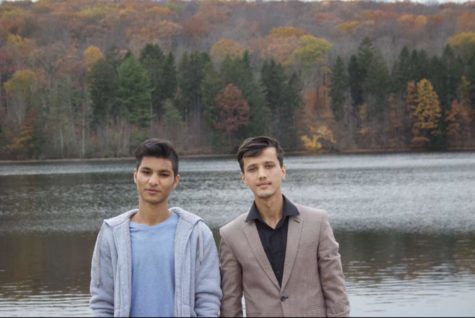
Now you may realize, you are surrounded by refugees, even in our Hall community.

